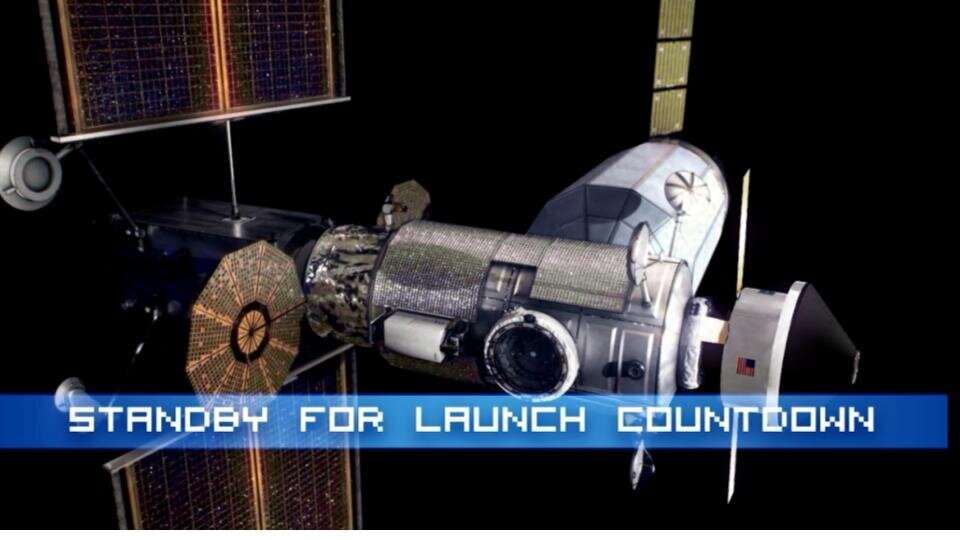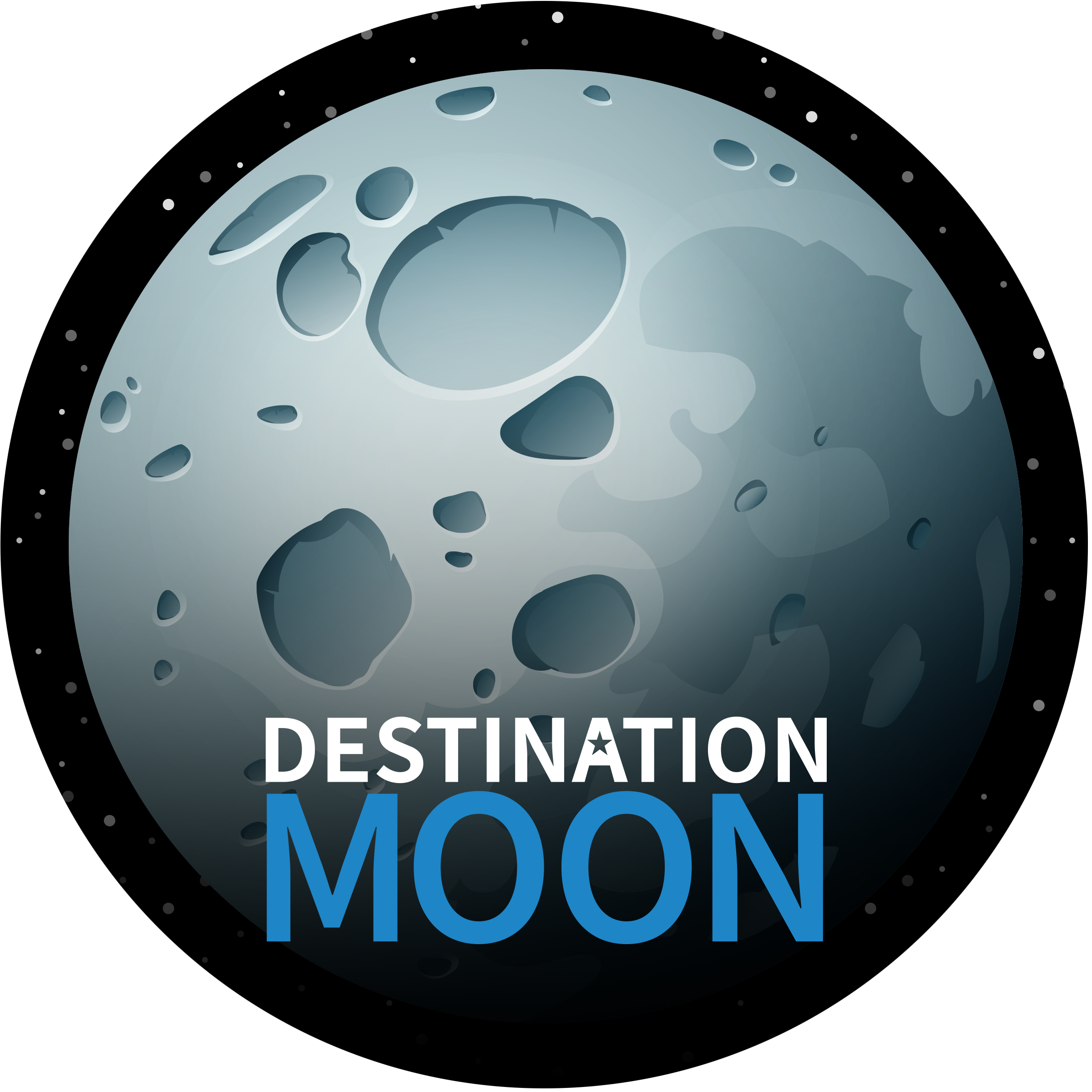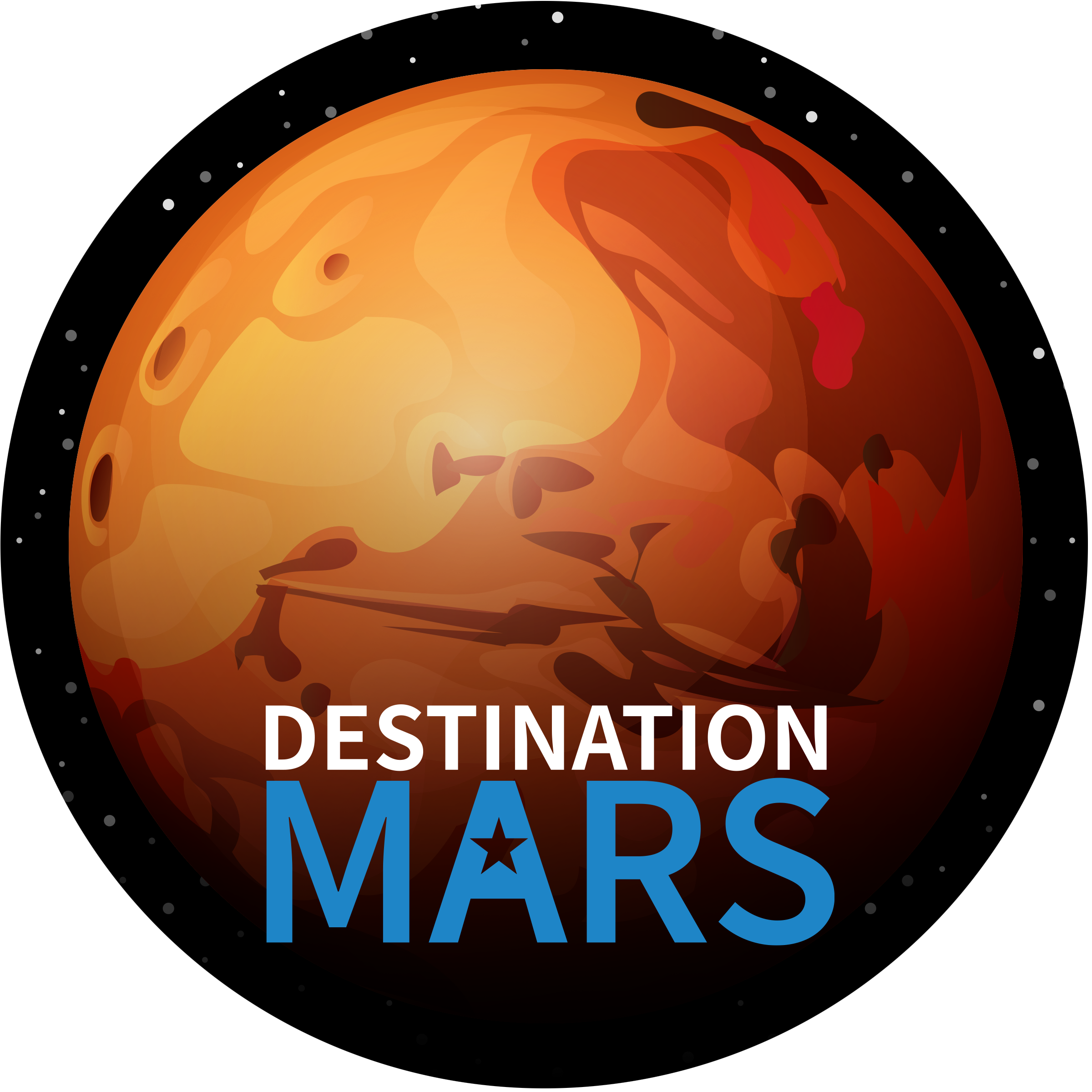SATELLITE CHALLENGES
Bring the excitement of a Challenger Learning Center mission directly to your classroom or learning community!
Our satellite challenges are ideal for groups who are in the classroom, hybrid, virtual, or who are unable to visit the McAuliffe Center. We offer the following engaging satellite challenges that are delivered directly to your students through Zoom.
During the live satellite challenges, each student takes on a specific job in Mission Control on Earth. By directing the Mission Commander, they work independently at a self-pace and collaboratively with classmates.
Destination Moon
Grades 5-6; Flexible
A team of researchers is ready to return to the Moon to explore its surface and establish a second habitat for astronauts to live and work! To get there, they’ll launch and fly Blue Origin’s reusable launch vehicle, New Glenn, and explore the Moon’s surface using Blue Origin’s lunar lander, Blue Moon.
Student teams in Mission Control have a critical job: initiate the launch of New Glenn into orbit to land Blue Moon safely on the lunar surface. While in orbit, teams monitor for potentially dangerous space weather and space debris, conduct safety checks on the spacecraft systems, deploy and monitor satellites, and launch payloads.
Requirements: access to the internet, a device with a camera, Google Chrome browser.
Duration: minimum 45 minutes - maximum 75 minutes
Cost: starting at $100 for up to a class of 20
Participants per mission: minimum of 10; suggested maximum of 30
+Skills needed for participation
Students should be able to perform the following tasks:
Read independently at a 6th grade reading level
Average a set of data
Estimate angle measurements
Identify coordinates for latitude and longitude
Identify shape and numerical patterns
Solve for “x” in an equation
Calculate ratios to solve for “x”
Participate in collaborative discussions with their teammates
Think critically and be reflective about their work
+Standards
SEP 6-8: Construct a scientific explanation based on valid and reliable evidence obtained from sources.
SEP 6-8: Analyze and interpret data to determine similarities and differences in findings.
Currently Not Offered
Destination Mars
Grades 3-4
Researchers are ready to explore Mars, but there’s one glaring problem – more than 40 million miles separate Earth from the Red Planet. This distance makes it impossible to travel back and forth between the two planets while completing our research. We need to build a base on one of the Red Planet’s moons, Deimos or Phobos, that will allow us to send a spacecraft to the surface of Mars and back in the fastest and safest way possible. Student teams will select which moon is best to build a base by analyzing three sets of data collected by rovers on Deimos and Phobos.
Requirements: access to the internet, a device with a camera, Google Chrome browser.
Duration: minimum 45 minutes - maximum 60 minutes
Cost: starting at $100 for up to a class of 20
Participants per mission: minimum of 10; suggested maximum of 30
+Skills needed for participation
Students should be able to perform the following tasks:
Read independently at a 5th grade reading level
Participate in collaborative discussions with their teammates
Think critically and be reflective about their work
Analyze physical feature maps and understand a map scale
Analyze sets of data and draw conclusions
Utilize context clues in informational texts to understand the meaning of new vocabulary words
Follow and apply multi-step directions in an online setting
+Standards
SEP 5: Support an argument with evidence, data, or a model.
SEP 6-8: Analyze and interpret data to determine similarities and differences in findings.
MS-ESS1-3: Analyze and interpret data to determine scale properties of objects in the solar system.
Currently Not Offered
Mars Sample Return
Grades 9-12
It is the year 2029. In 2020, the Perseverance Rover collected rock samples from the Mars surface and left them in tubes at "depot" locations on the planet. Now, it's your students’ job to direct the Mars Sample Fetch Rover to retrieve the maximum number of sample tubes in the shortest time possible. Once the samples return to the Mars Ascent Vehicle, they can be launched to Earth for further study.
While orbiters, landers, and rovers have done some exploration of the Martian environment, only sophisticated laboratories on Earth can perform the precision analysis required to answer the most important questions about Mars. This is an important step in assessing whether Mars can (or could) support life and as a prerequisite for human landings on the Red Planet!
Original virtual mission produced by the Christa McAuliffe Center
Requirements: access to the internet, a device with a camera, Google Chrome browser.
Duration: minimum 60 minutes - maximum 75 minutes
Cost: starting at $100 for up to a class of 20
Participants per mission: minimum of 4; suggested maximum of 24





